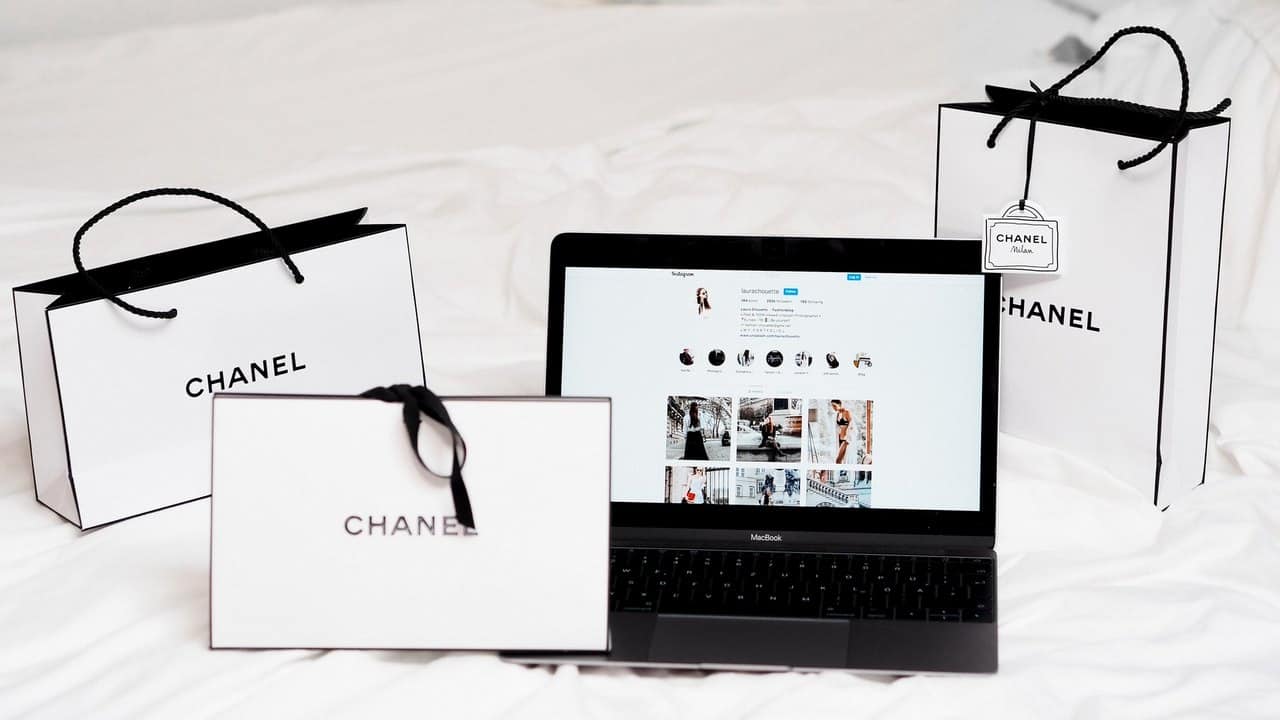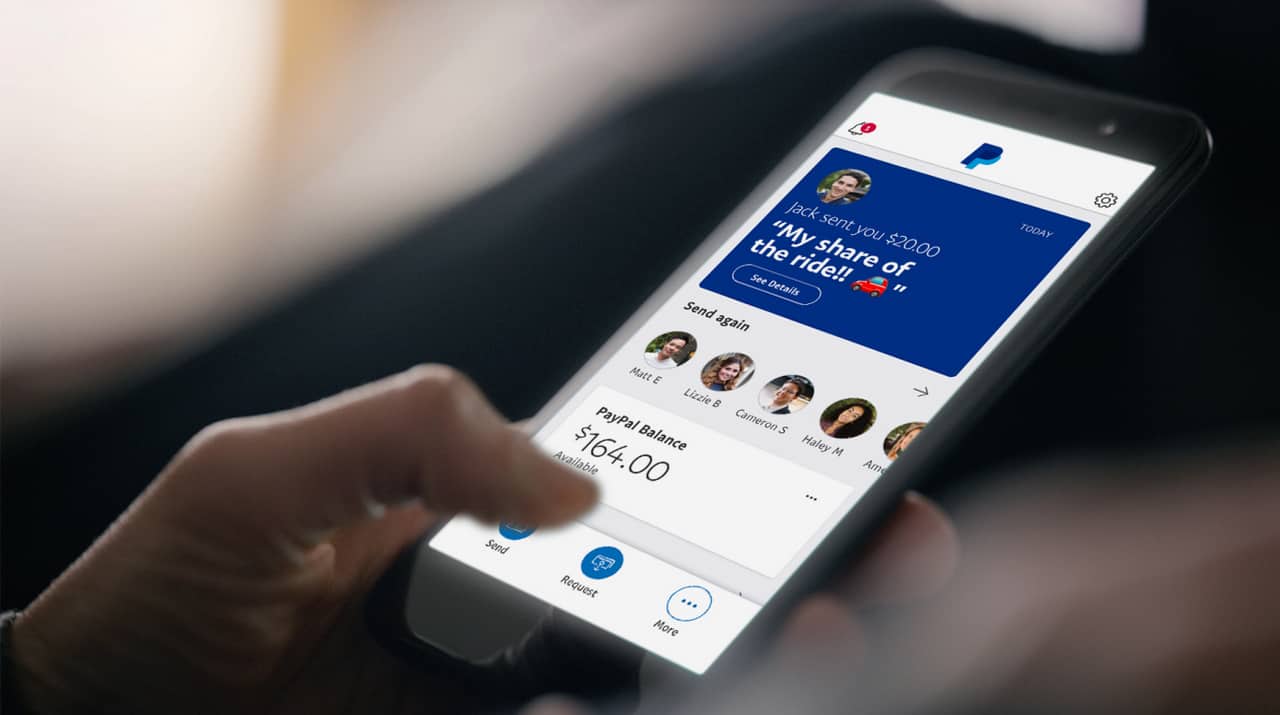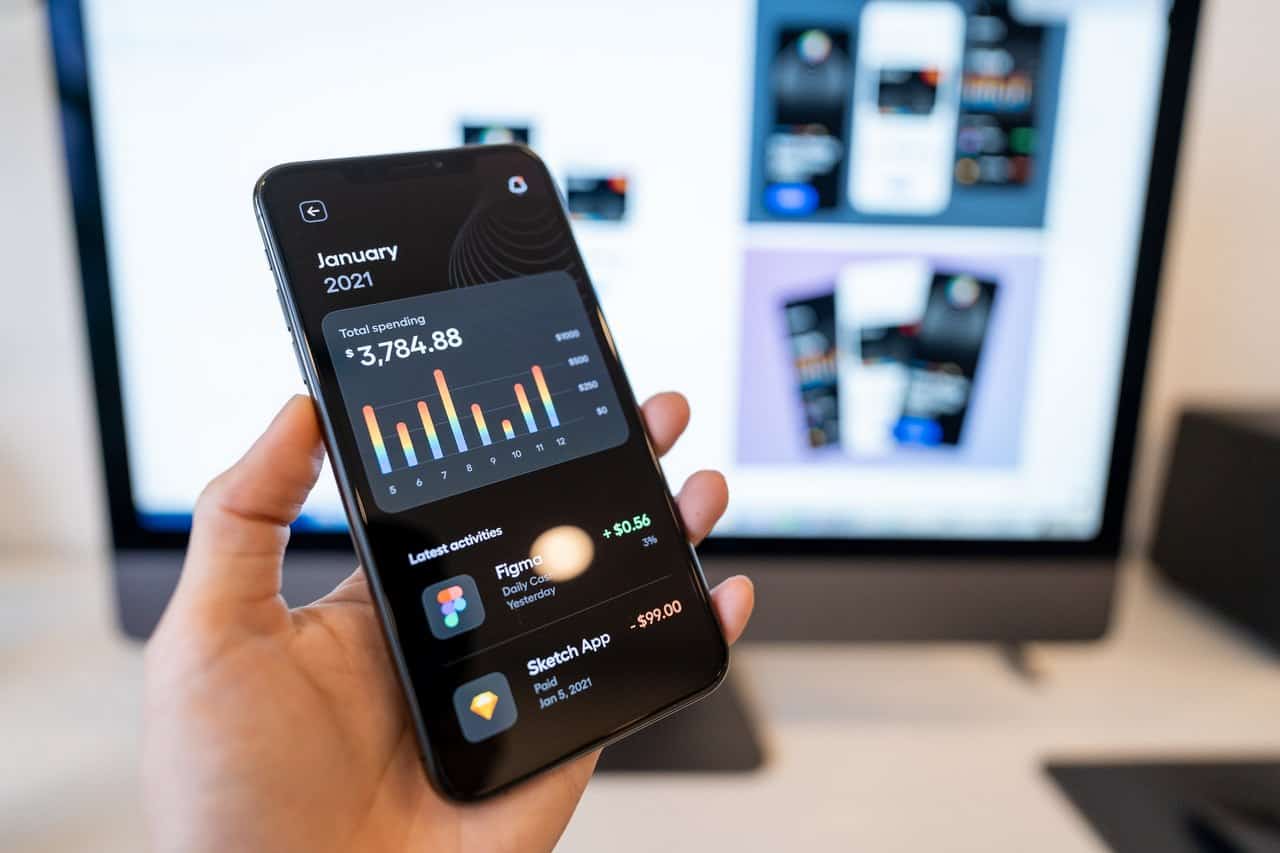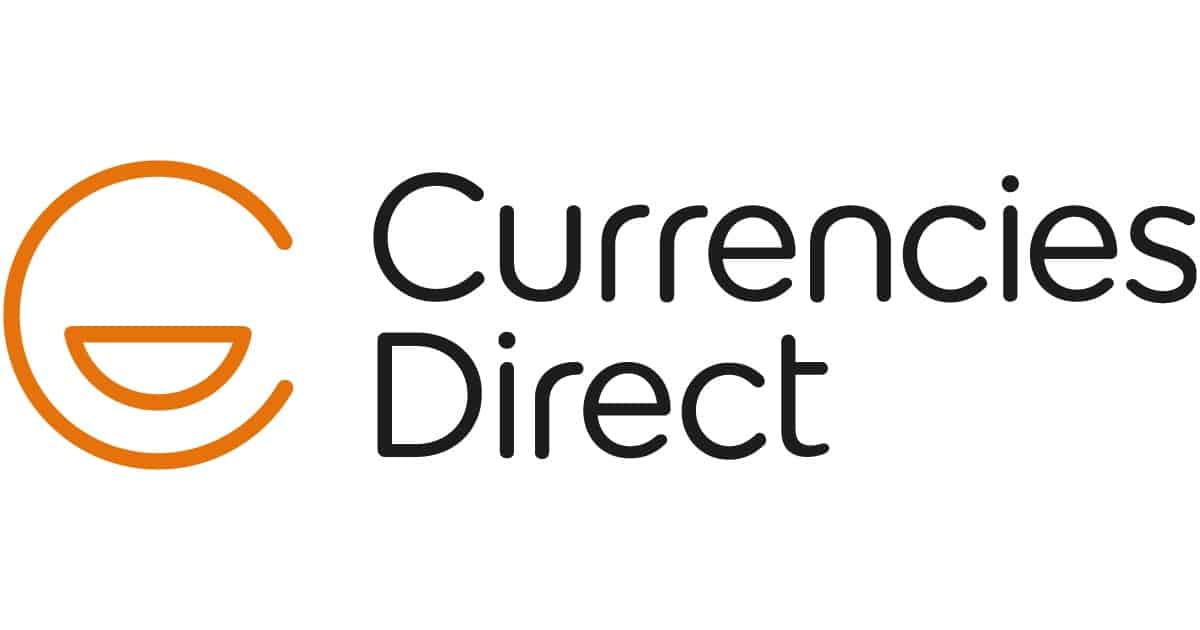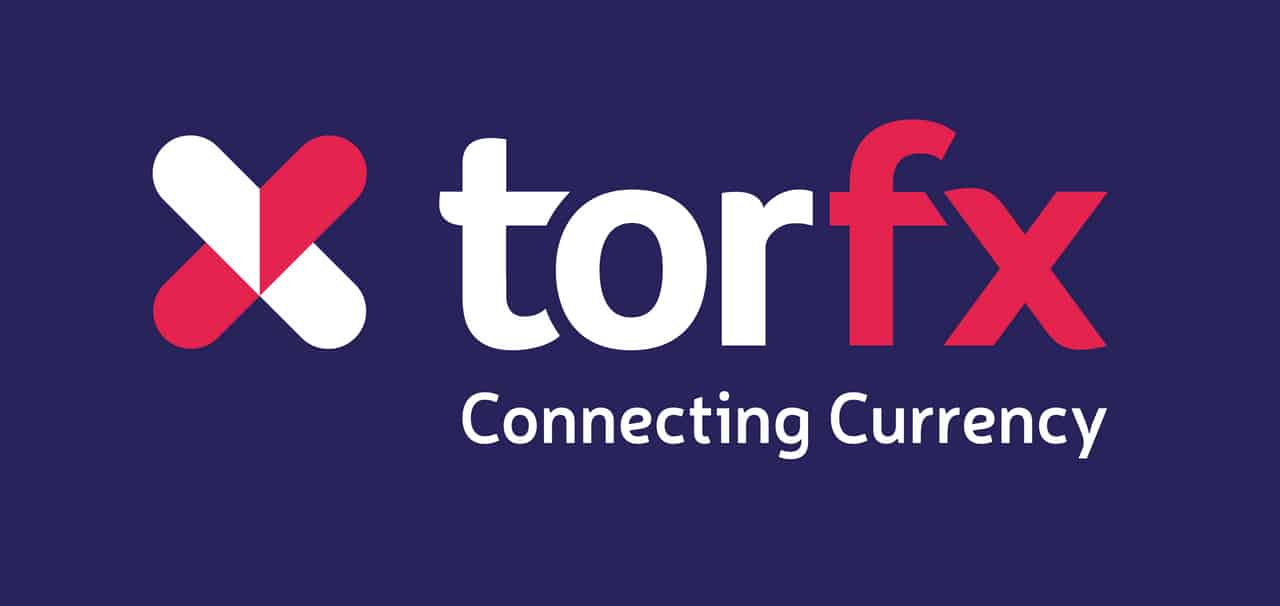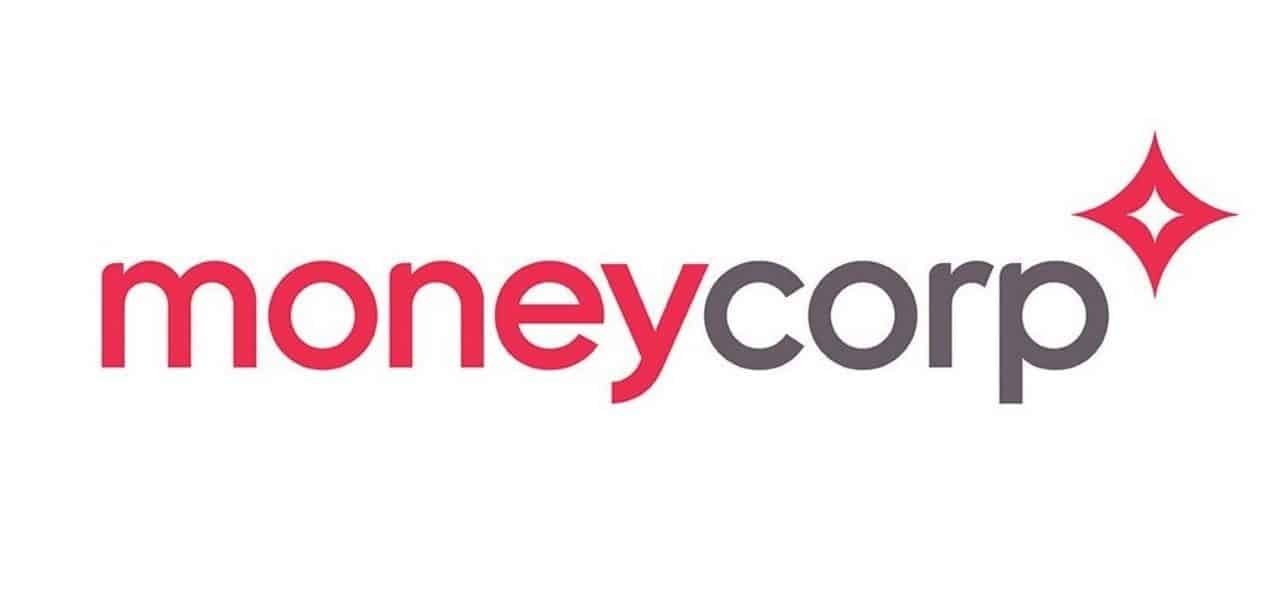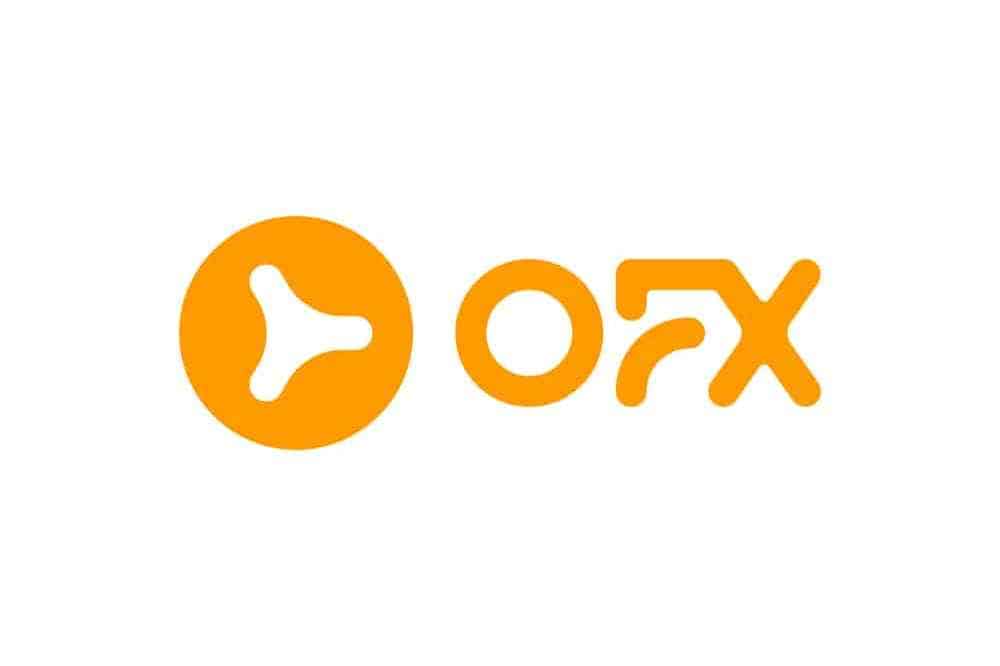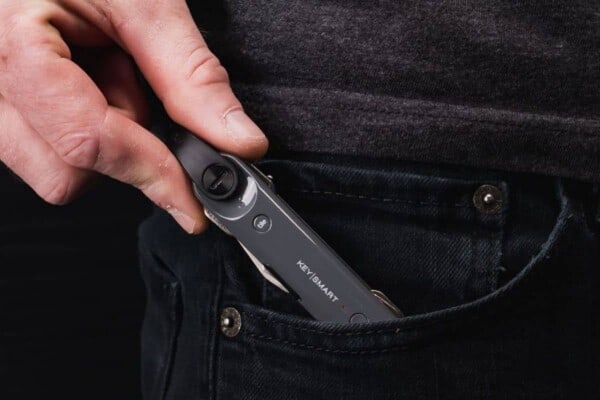Whilst the economy at large has suffered the consequences from coronavirus – with the luxury goods market nearly imploding, two industries in particular have not seen much of a hit: retail investing and high-end e-commerce. This may be obvious, with those who are affluent seeing the coronavirus as not only temporary but an opportunity to have more spare time.
For those of us who enjoy high-end shopping, there may be some lessons from the armada of new traders. With trading now becoming zero-commission at the click of a button, we should be applying the same logic to our leisure spending.
Overseas purchases have been rising consistently, with customers forced online due to the pandemic – and being a general trend in the economy. The two topics are heavily linked, because many luxury items we buy are imported. By purchasing goods abroad, you’re temporarily a Forex trader – whether you know it or not.
When purchasing a luxury item of say, $10,000, from abroad, you are likely paying a small fortune to banks in foreign exchange fees and international payment fees. Very few things are free in life, and foreign currency is certainly not one of them – but there are some options.
Online Credit Card Purchases
Some of the most popular ways to purchase items from abroad can be directly from a foreign website, or on a popular online marketplace. Purchasing directly from a foreign website usually means paying with a card. Credit cards are preferred because you’re more likely to be covered if anything goes wrong, but the transaction is steeped in hidden costs.
If there’s not an outright fee charge, there will likely be a poorly executed exchange of currency. Mastercard and Visa tend to charge a 1% fee. However, depending on the credit card that you’re using to purchase the item, this transaction fee can be upwards of 3%. It’s generally accepted that the average amount a customer pays in international transaction fees when using credit cards is 3%.
This is a very quick way to add on $300 to your $10,000 purchase – and we haven’t even touched on import duty or shipping costs.
Online PayPal purchases
PayPal, being a tech-driven online payment solution that offers an alternative to credit cards, must be cheaper, right? Well, it would be understandable why you would think that, not least because PayPal does a great job at keeping their fees secret until you look carefully at the moment of purchase.
In fact, PayPal is the more expensive route to take here. Typically, PayPal is charging 3% to 4% conversion fees which is added to the base exchange rate. On top of this, a fixed cost will often be applied of around $1.99, though this is dependent on where the two parties are located.
Furthermore, the seller will likely be inundated with fees when dealing with PayPal, paying both heavy fixed and percentage costs of receiving payments as a merchant. This cost inevitably reflects back on the customer.
Bank transfer purchases
International bank transfers may be super safe, but they are far from efficient. In fact, most high street banks will charge as much as 5% in exchange rate markups, with the most common amount being around 3%.
This option is made even more expensive when taking into account their pricey fixed fees of around 30 USD/EUR/GBP. Furthermore, this is perhaps the most time-consuming method, given that international money transfer via bank is a very manual way of doing things, and the time of transfer can take up to a week or two – especially if it’s a wire transfer. This is an outdated method for good reason.
The best money transfer solution
If you were starting to lose hope and resign yourself to the inevitable 4% price increases for your international shopping, then there’s some good news. The best international money transfer award goes to money transfer companies, a Fintech solution to online payments that have a different model to PayPal.
Money transfer companies are more like FX specialists than they are business or payment solutions, which means they’re very honed in on offering minimal fees. This is perhaps the lesson we can learn from the aforementioned rise in retail traders – there is a flood of mobile apps using new tech to outcompete the legacy systems of traditional institutions – a big win for the geeks.
Most of these companies work in a similar way, but offer slightly different services and user experiences. Below is a comparison of the 5 highest rated companies within money transfer services to give us a better idea of what kind of international fees you will pay, and what kind of other services may also be on the table.
It’s important to note that each of these five companies, whilst having fluctuating exchange margins, are almost guaranteed to beat the bank rates. Rates are close to the flawless interbanking rate and for major currency transfers, you can safely assume they are around 1% or under.
Currencies Direct
In the UK example detailed on the Currencies Direct website, a £10,000 international payment will see you over 200 EUR better off than if you have transferred with Bank of Scotland, Halifax, HSBC, Lloyds Bank, and 183 EUR better off than with Santander.
It’s worth noting that Currencies Direct specializes mostly medium to large transfers, and will not facilitate anything less than 100 EUR/USD. There are no fees incurred, they have offices around the world, and they have expertise in property transfers. There are also plenty of hedging options available.
Currencies Direct does have a downside, though. Only 39 currencies are supported, which could mean that they are of no use to you if you’re purchasing goods in a slightly more exotic currency.
World First
World First is similar to Currencies Direct, though their minimum transfer is 1,000 USD/EUR. This says everything about what market they are going for – specializing in large, secure transfers.
World First has an unbeatable 121 supported currencies and has won several industry awards. With over 250,000 active clients and transparent fees, this is a safe bet.
World First has a good selection of hedging options too, if you wish to offset currency volatility, and has one of the best mobile applications on the market. In fact, quite astonishingly, it even works on some smartwatches.
The downside of World First is their unavailability in the US and Quebec, along with a steep minimum transfer.
TorFX
TorFx was founded in 2004 and has grown to around 50,000 personal clients. Whilst small, TorFX has won luxurious expat awards and has a trading team of over 100. TorFX has a global presence with Spanish and German translated services.
TorFX stands out with its customer service. With great reviews and a fluid user experience, TorFX is a great all-rounder that has no fees, business services, hedging, and a mobile-friendly service.
The downsides of TorFX are that it will be capped at £25,000 transfers using the online service and that they are a relatively local, small company compared to the other big hitters.
MoneyCorp
MoneyCorp is an industry veteran having been founded in the late 70s, and has the industry awards to back it up. With huge annual revenue figures that reach double-digits within the billions, they are globally recognized and regulated in countless countries – not to mention the 120 support currencies.
As for their service, the only downside is a poorly rated mobile app, indicating that user experience isn’t quite so smooth unless you use their website.
MoneyCorp’s biggest advantage over the other companies on this list is their small minimum transfer fee of 50 USD/EUR. There are no fees, a competitive exchange margin, and are one of the most trusted companies on the market. There’s also a plethora of sophisticated services available for businesses.
OFX
OFX is another great all-rounder. Think of them as the Australian version of MoneyCorp – but founded two decades during the dot-com bubble. As you may have guessed by now, there are rarely any fees, and exchange rates are usually below 1% for major currencies (sometimes as low as 0.4%).
OFX has a fantastic mobile app, unlike MoneyCorp, and has 24/7 customer support – client feedback is extremely positive as a result of this.
OFX is also great for receiving money, being able to set up bank accounts in the UK, US, Australia, Hong Kong, and more.
The biggest downside is that you may be required to use the phone when dealing with some currencies.
Conclusion
Where possible, it is almost always preferable to opt for a Money Transfer Company when buying luxury goods from abroad. This has a high chance of saving a couple of hundred dollars compared to using banks for a $10,000 purchase.
As for which company to opt for… That is a choice that depends on each person individually. Given that the established companies above all offer competitive rates, it comes down to mobile app design, minimum transfer amounts, how important customer support is/a dedicated dealer, and if you could benefit from business services.
If in doubt, having accounts with multiple companies can work great and further reduce foreign exchange fees, given they have their own unique advantages.

